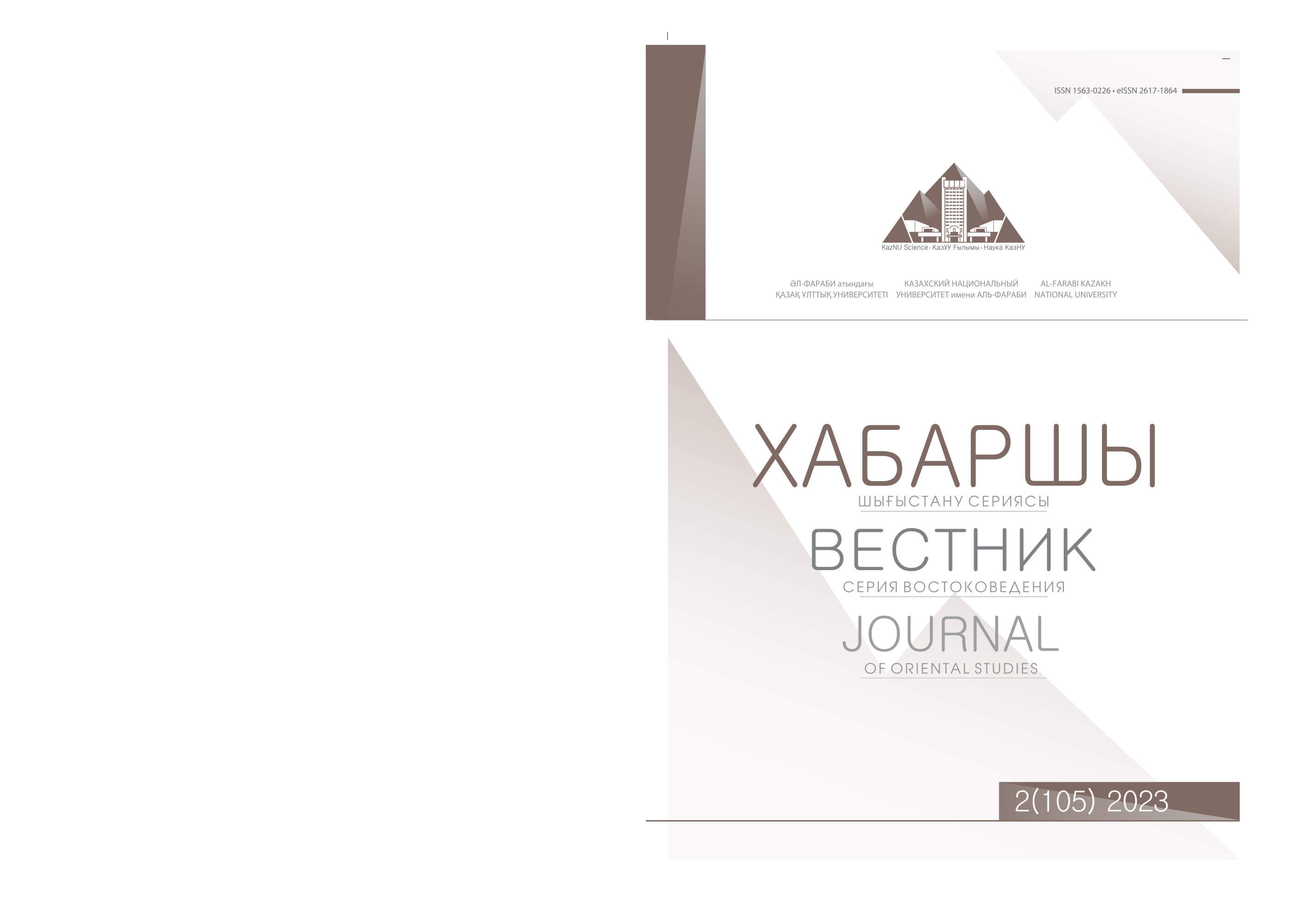CROSS-CULTURAL MARRIAGE IN THE SITUATION OF FAMILY MODEL TRANSFORMATION: THE EXAMPLE OF CENTRAL ASIAN COUNTRIES
DOI:
https://doi.org/10.26577/JOS.2023.v105.i2.012Abstract
As an immediate form of modern ethnic and ethnocultural relations, we can refer to interethnic marriage. Taking into account the current polyethylene situation in the countries of Central Asia, it is clear that cross-cultural relations in these regions have a special place. The purpose of the article is to determine whether cross-cultural marriage in the countries of Central Asia contributes to the transformation of the family model and changes in many traditional ideas. Using statistical data and special research papers from these countries, the location and prevalence of cross-cultural marriage in modern society, its proportion and indicators are determined. In the article, to determine the indicators of cross-cultural marriage, cross-cultural, content analysis, historical-demographic and ethno-sociological methods were used. These indicators are compared to the second half of the 20th century and present data, as well as analysis of the complex changes reflected by the reasons for marriage, family problems and the decline of nuclei of young cross-cultural marriages in Central Asia, as well as the peculiarities of determining the ethnic identity of a child and the place of a woman and a man in family relations. Within the framework of the meeting, a special survey was conducted, the state of marriage in Kazakhstan was considered.




